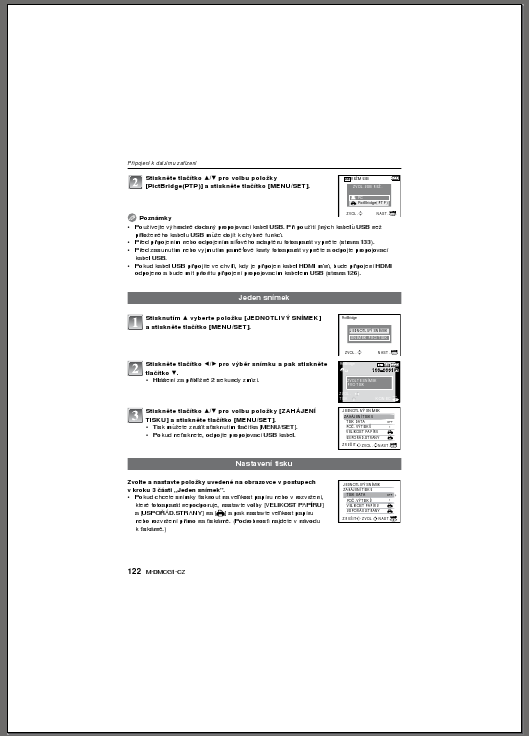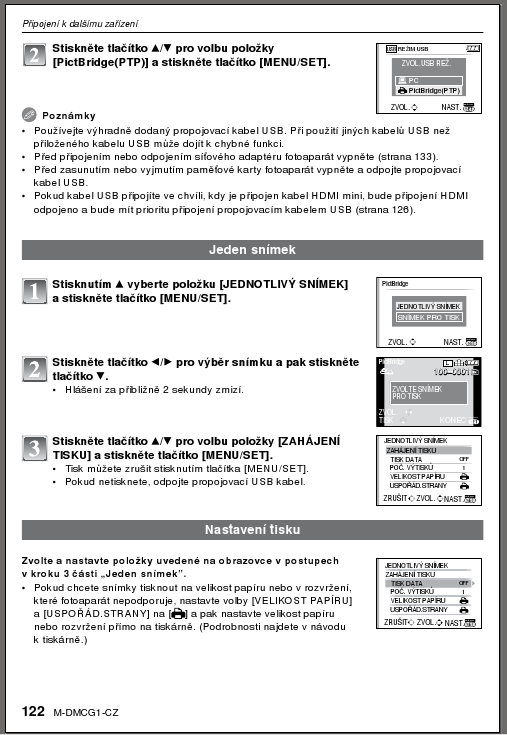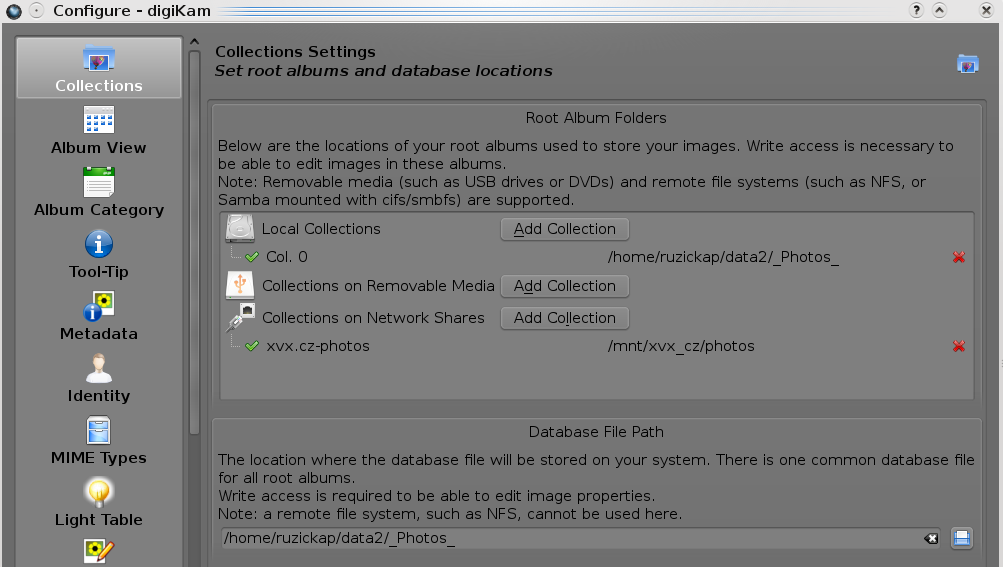Sometimes I’m using the serial connection to my server if anything goes wrong. It’s because I don’t have a monitor/TV attached to it.
I have little problems to set it up using Debian in GRUB2 after I upgraded to grub-pc
So here is a short way how to do it:
Edit file containing configuration in Debian: /etc/default/grub
# /boot/grub/grub.cfg.
GRUB_DEFAULT=0
GRUB_TIMEOUT=1
GRUB_DISTRIBUTOR=`lsb_release -i -s 2> /dev/null || echo Debian`
GRUB_CMDLINE_LINUX_DEFAULT="console=tty0 console=ttyS0,9600n8"
# Uncomment to disable graphical terminal (grub-pc only)
GRUB_TERMINAL=serial
GRUB_SERIAL_COMMAND="serial --speed=9600 --unit=0 --word=8 --parity=no --stop=1"
# The resolution used on graphical terminal
# note that you can use only modes which your graphic card supports via VBE
# you can see them in real GRUB with the command `vbeinfo'
#GRUB_GFXMODE=640x480
# Uncomment if you don't want GRUB to pass "root=UUID=xxx" parameter to Linux
#GRUB_DISABLE_LINUX_UUID=true
Don’t forget to run update-grub after change.



